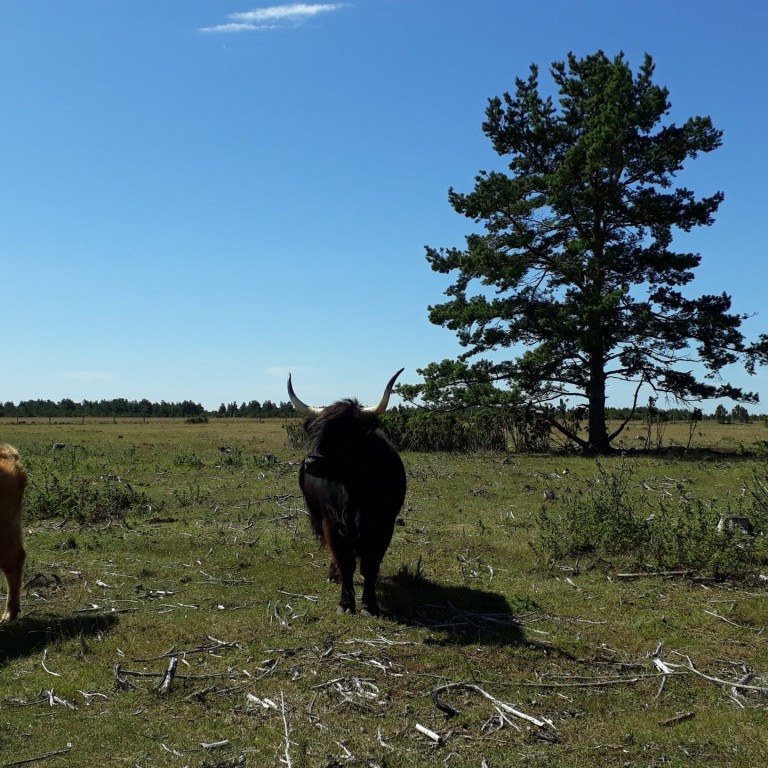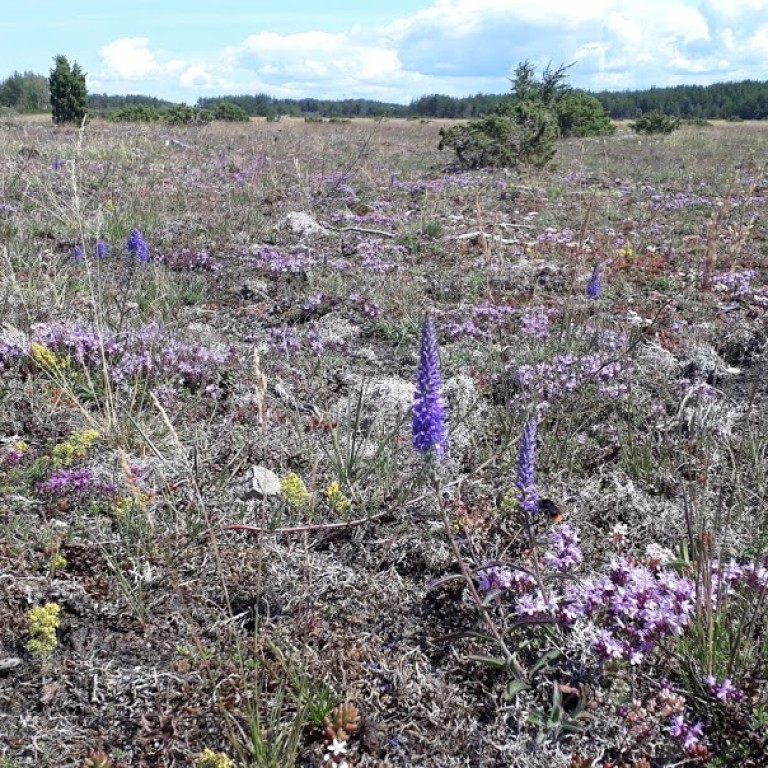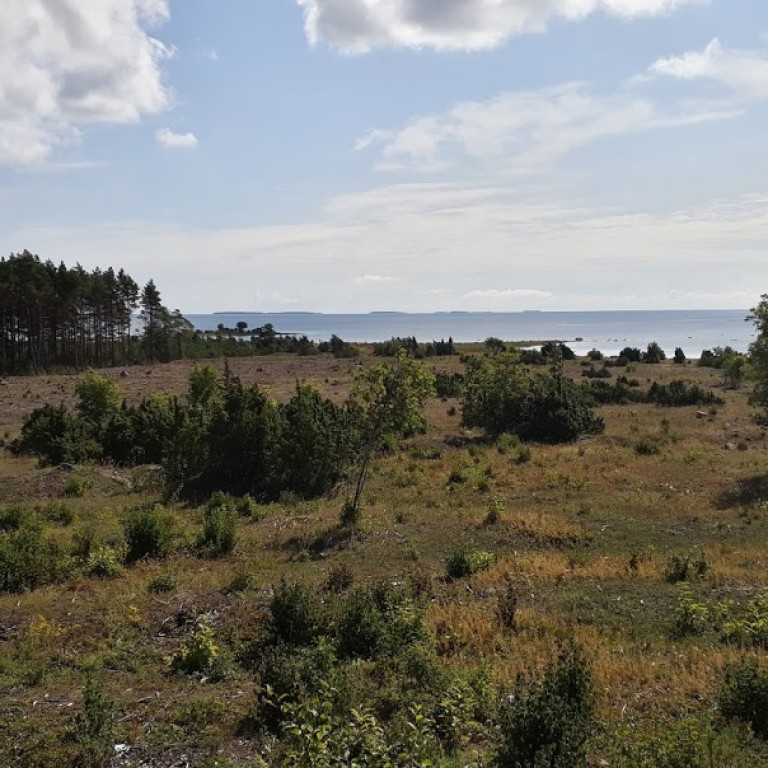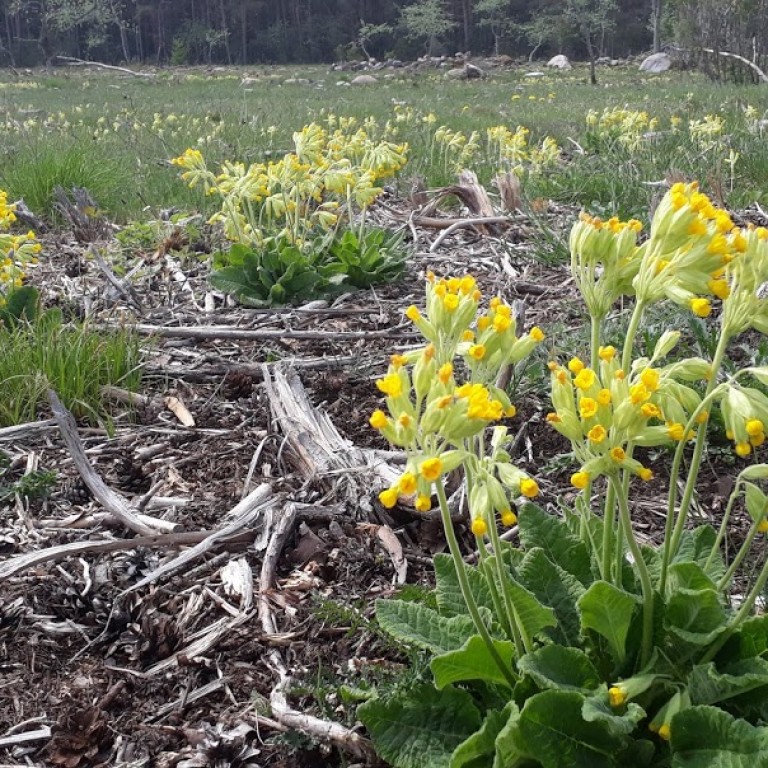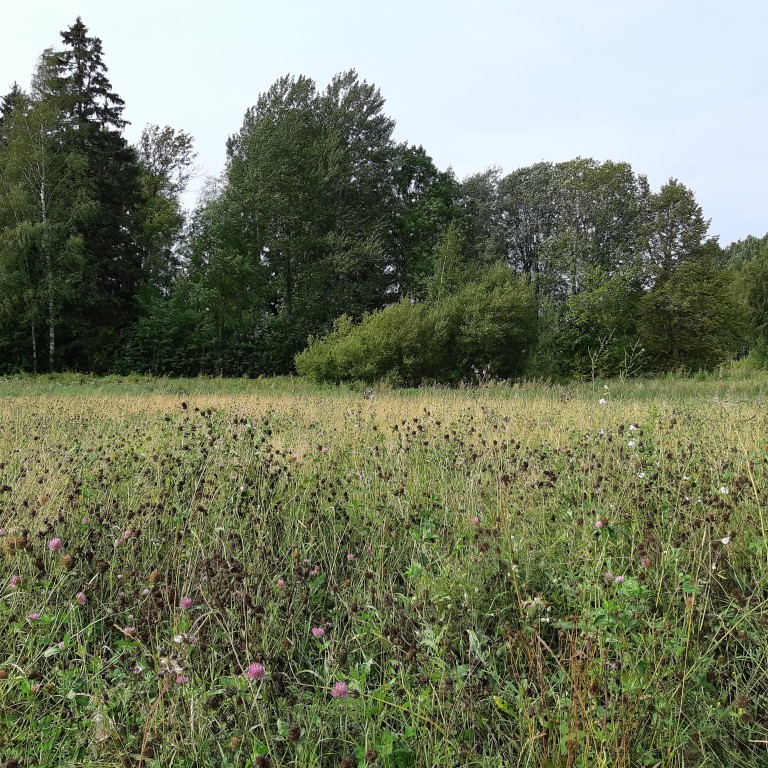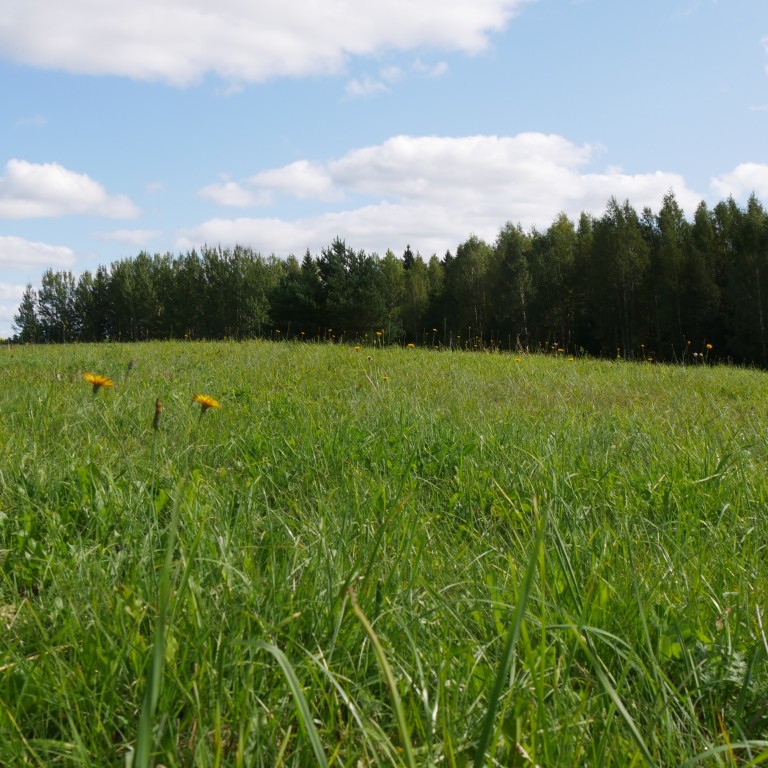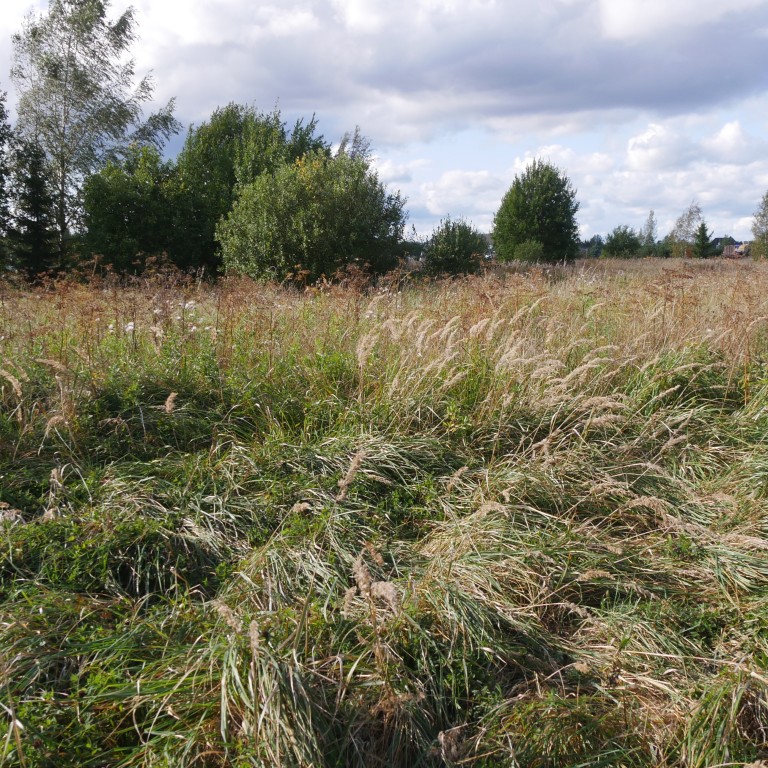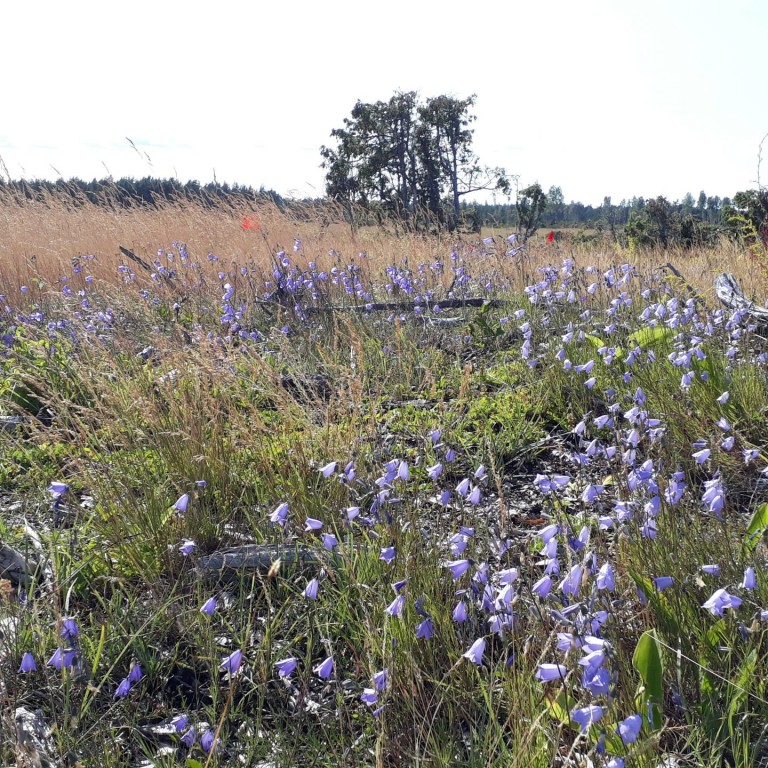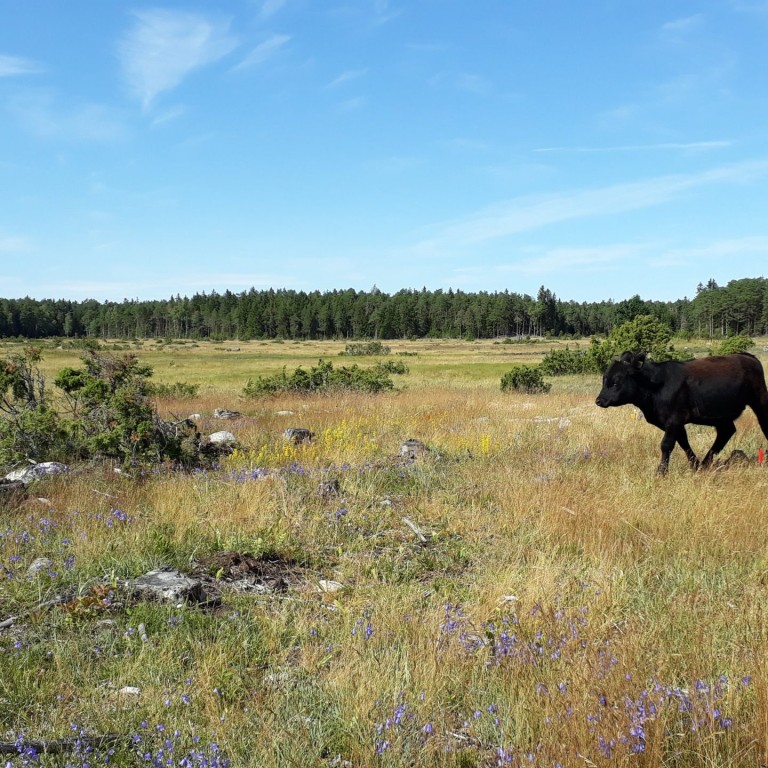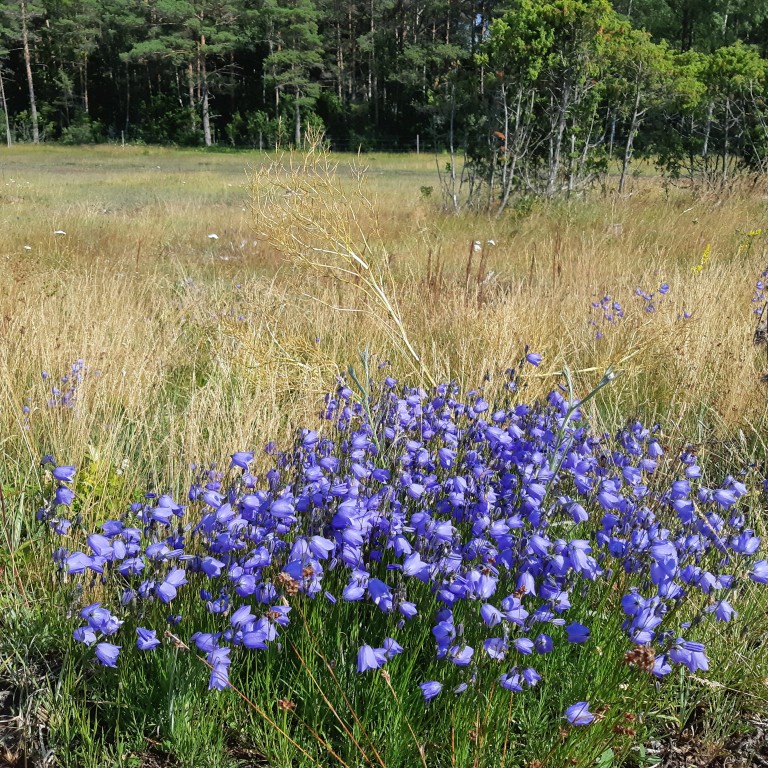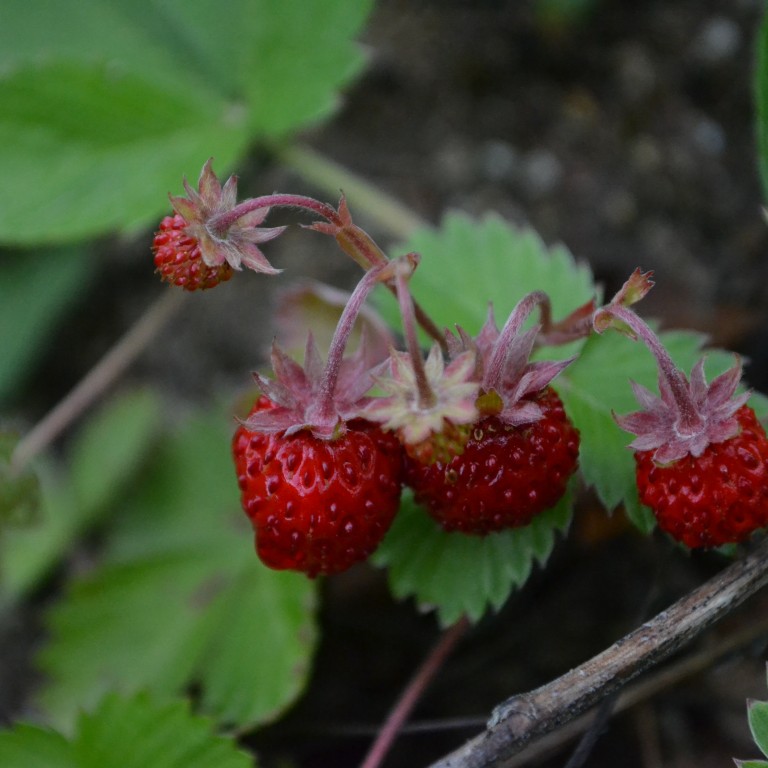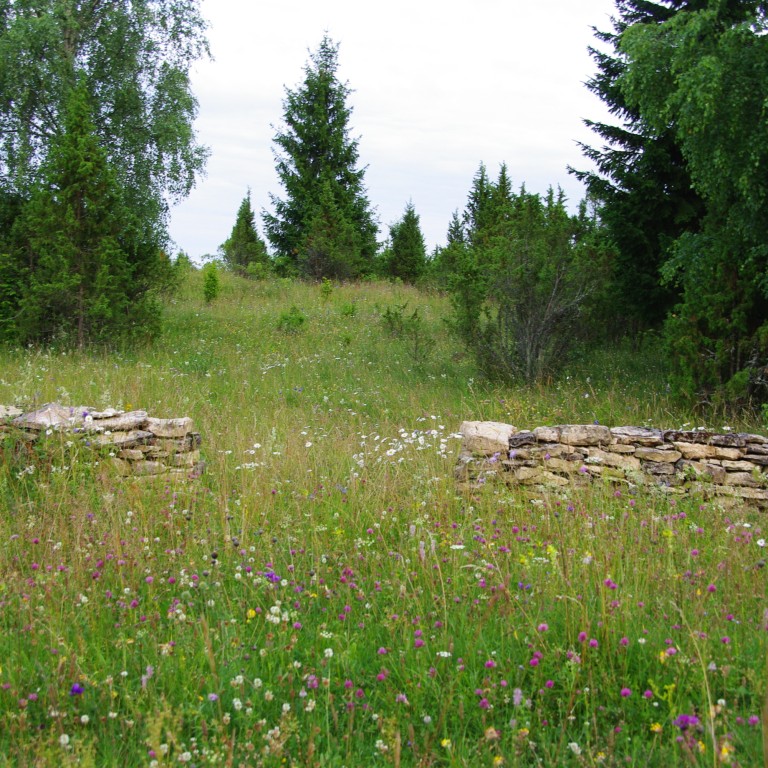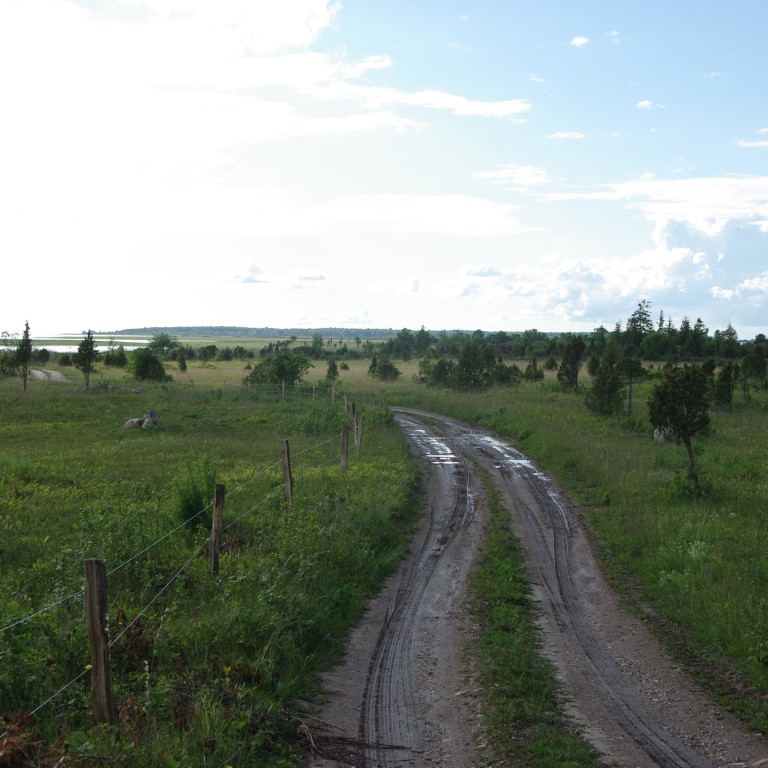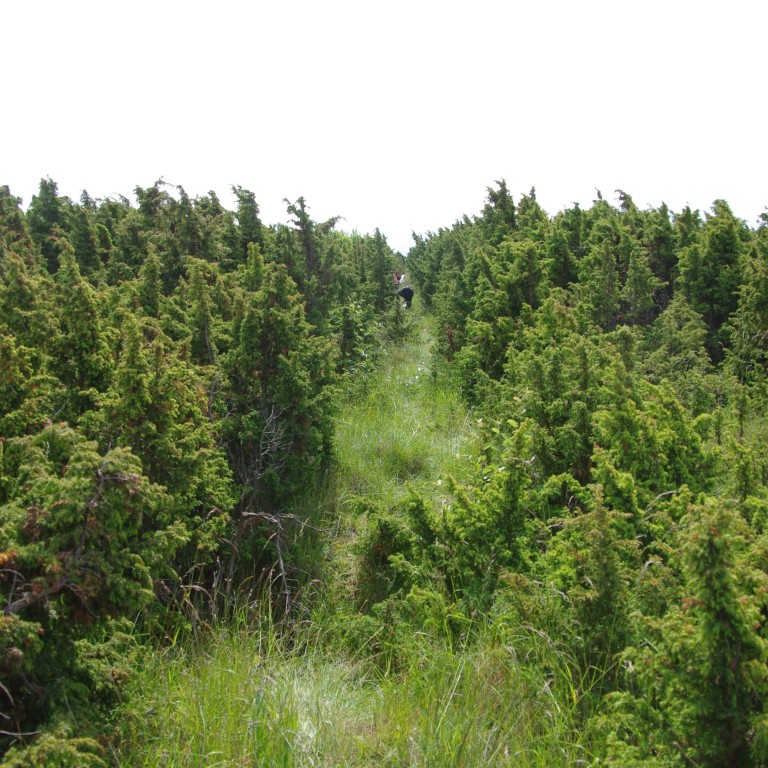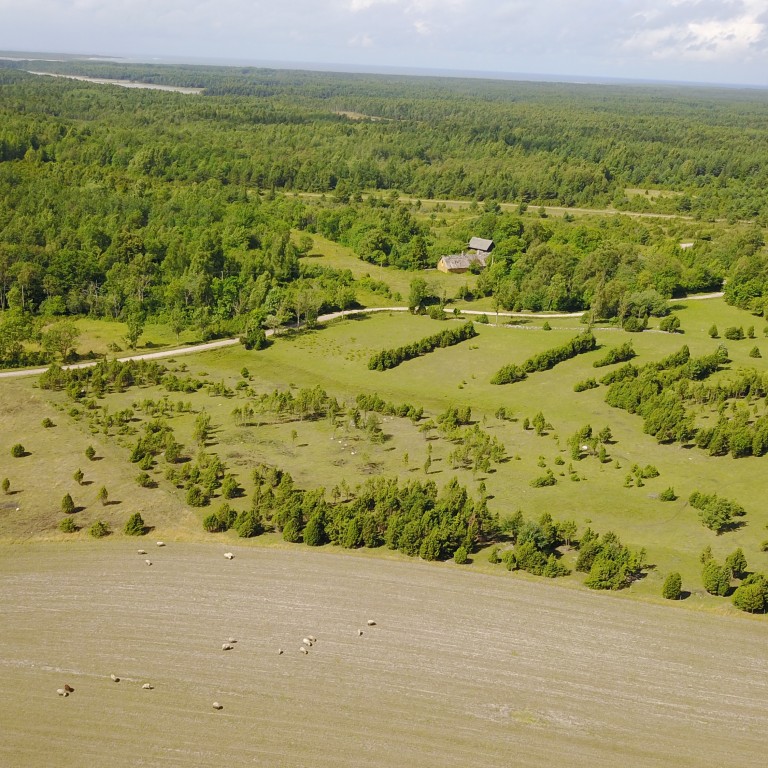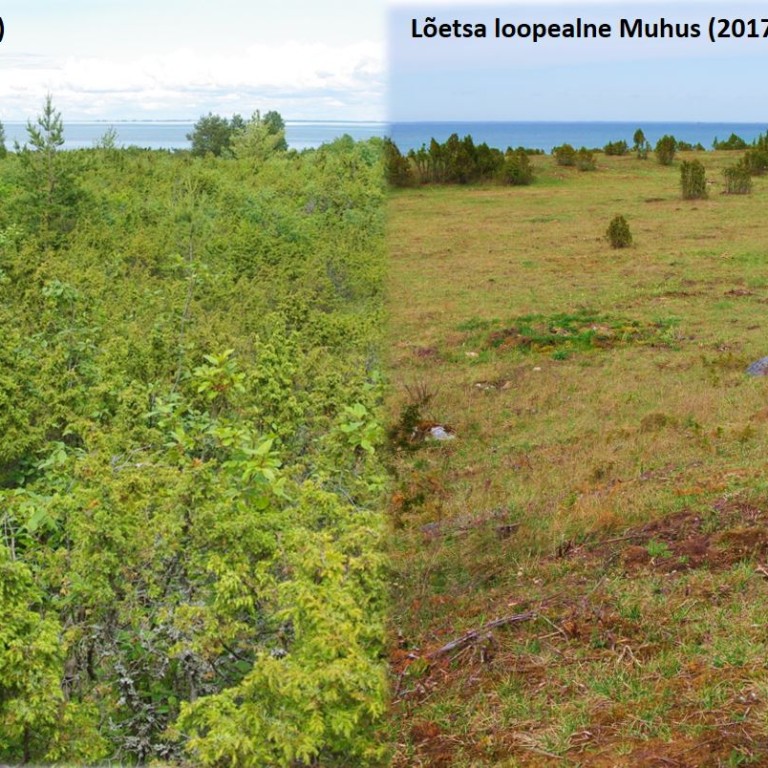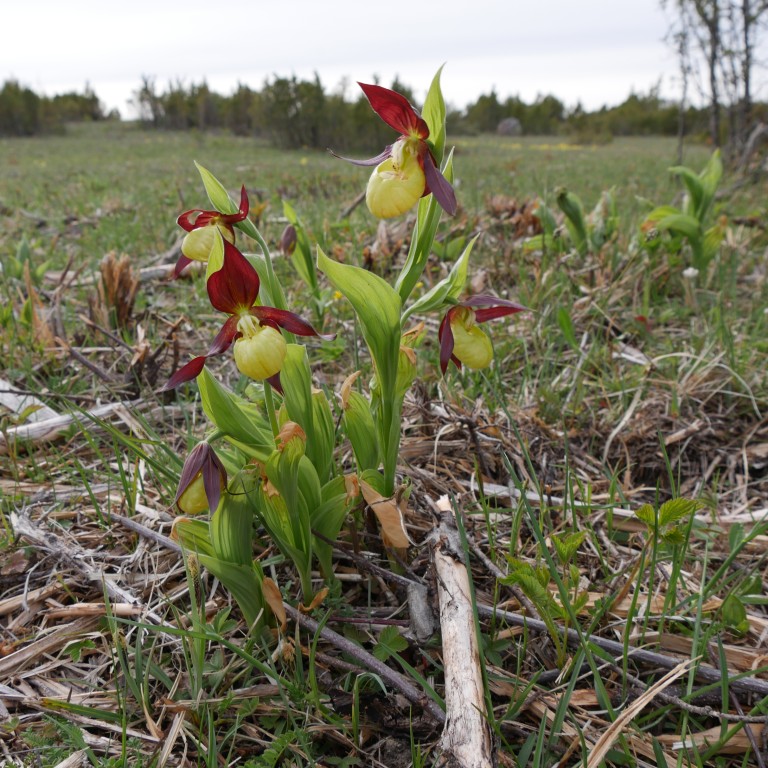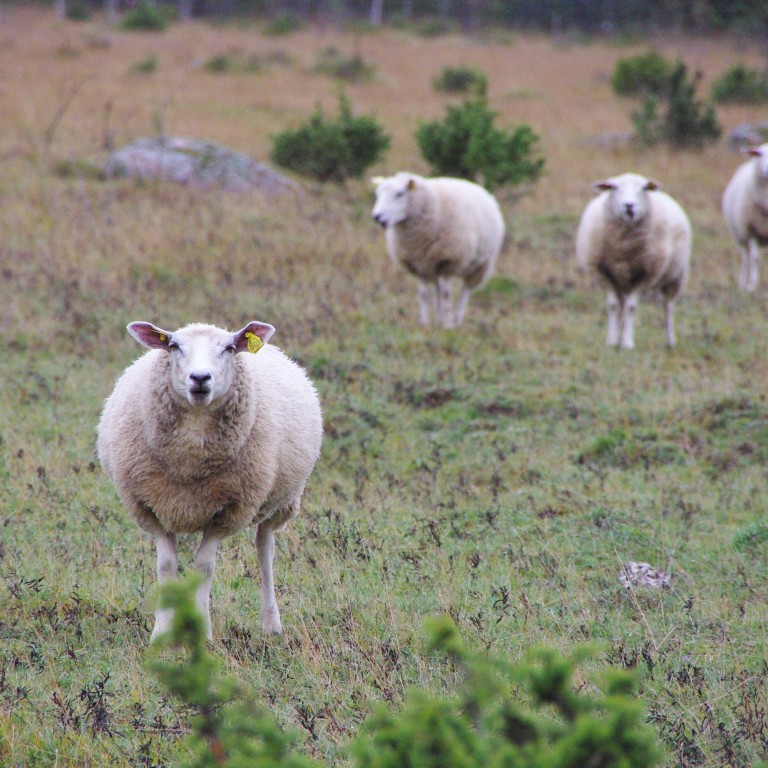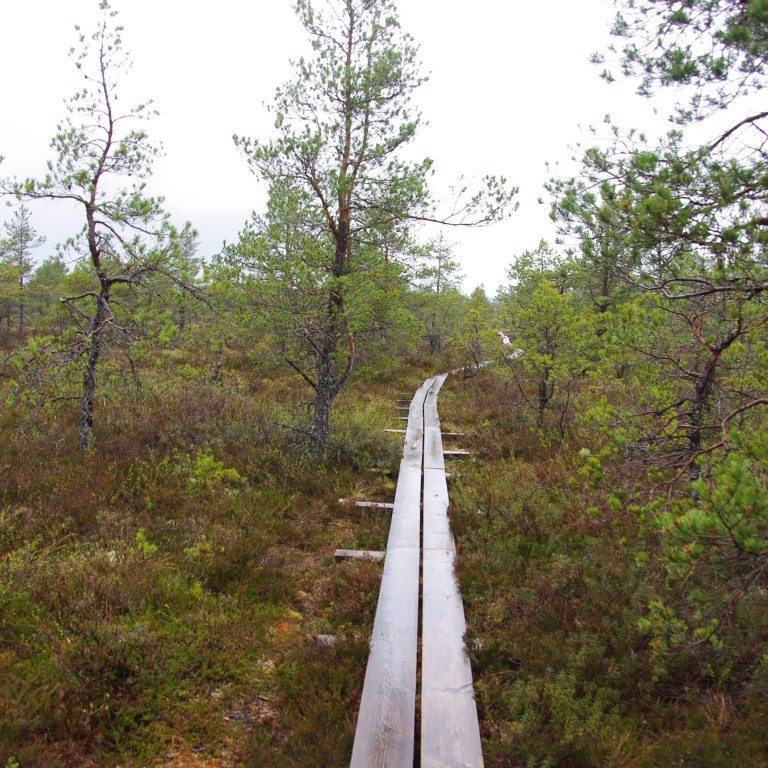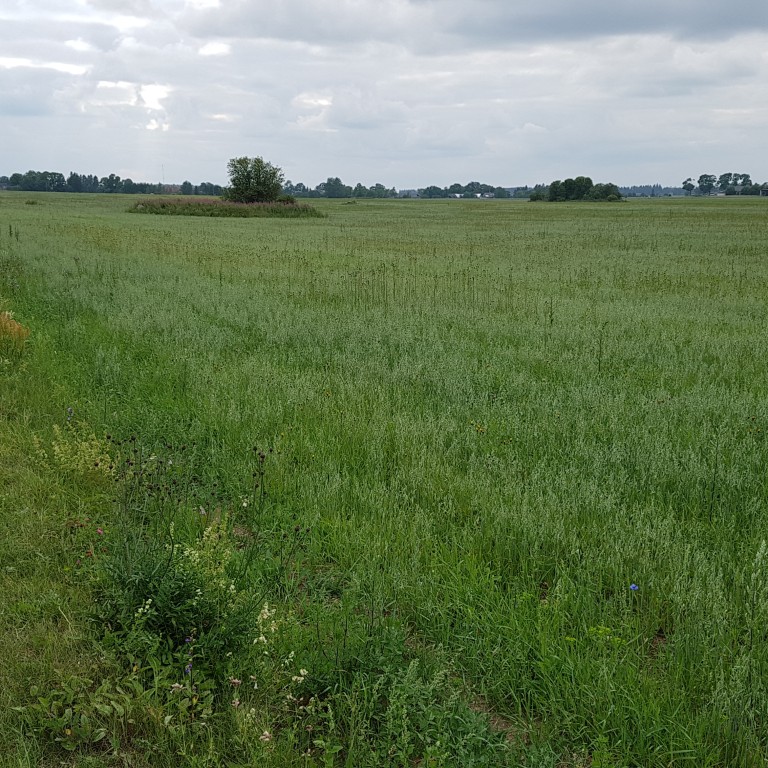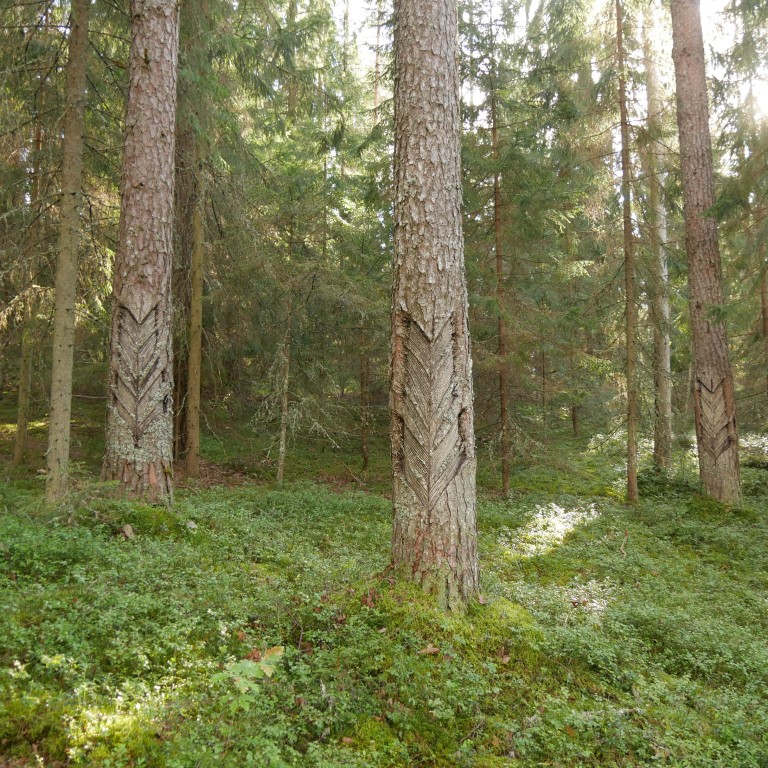Landscape-scale biodiversity restoration and time-lags in ecosystem functions (RESTFUNC)
Duration: 2020-2024
Increasing loss and fragmentation of many valuable habitats has led to widespread loss of biodiversity and decline of ecosystem functions. Ecological restoration enables to re-create suitable conditions for species and ecosystems suffering loss of habitat, and ensure the sustainable provision of vital ecosystem services. Restoration has mostly focused on re-creation of suitable environmental conditions and has paid considerably less attention to the importance of incorporating landscape-scale effects for achieving restoration success. There is also a considerable lack of knowledge regarding potential time-lags influencing the recovery of biodiversity and ecosystem functions, including important biotic interactions. In RESTFUNC, we will identify local and landscape-scale factors that are needed to consider when planning ecological restoration, study how to buffer and mitigate lags in ecosystem functions, and how to ensure landscape multifunctionality under changing land-use and climate. One of the first results of the project is the greenmeter (rohemeeter), which helps to assess the biodiversity of landscapes.
Project participants: Aveliina Helm, Krista Takkis, Triin Reitalu, Liis Kasari, Elisabeth Prangel, Linda Pall
Funding: Estonian Research Council (ETAg)
